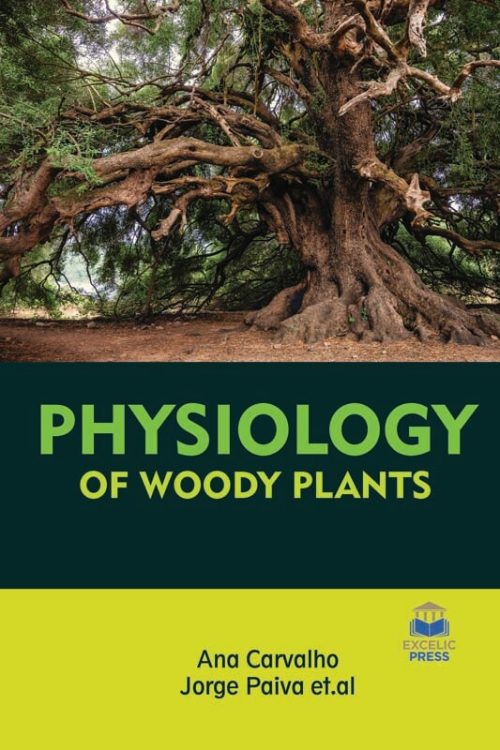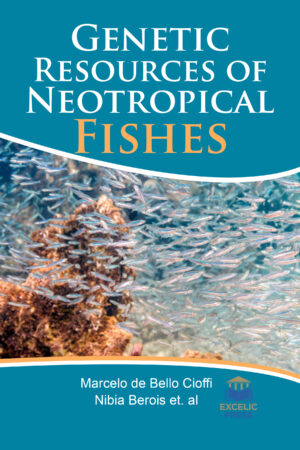Description
Woody plants have certainly been grown by humans for several periods and were also an essential part of early agricultural societies. Woody plants have substantial value beyond their economic value. Continued research on the relationships among traits, and on their effects on multiple aspects of performance, will help us better predict, manage, and select plant material for success under multiple stresses in the future. Of course, woody plants can be excessive for cattle, crops, and even wildlife goals.
This book provides state of the information on the physiological processes that control the growth of woody plants, as well as the intricate environmental factors that impact those processes. Of course, many processes, such as the germination and survival of seeds and seedlings, growth of saplings, competition between herbaceous species, light environment, soil water content, and litter as physical obstructions, should contribute to the present distribution of each species. In this book, we consider the potential impact of the presence of Alnus species as one of many factors in determining the spatial distribution of the regenerated woody plants.
The shrubs and trees of the Tamaulipan thorn-scrub in the semiarid regions are of great economic importance for various uses such as timber for furniture, fence, post, firewood and sources of forage for wild grazing animals for possessing macro- and micro-nutrients required by animals, herbs, medicine, and reforestation. Wood density contributes to the quality of timber and its utility in the wood industry. Wood density is an important variable in carbon cycle research. It offers resistance in the trees against the wind, storms, cavitation of xylem vessels, and other environmental stresses. Consequently, the book focuses on variability in wood density and wood fiber characterization of woody species and their possible utility.
More recently, researchers have used attachment as a tool to demonstrate the long-distance movement of molecules as well as phytohormones, proteins, and RNAs. Here in this book, we discuss specifically the role of eight major plant hormones during the wound healing and vascular formation process, two phenomena involved in grafting. We also present the roles of these hormones during graft formation and highlight knowledge gaps and future areas of interest in the field of grafting biology. Further, it presents a comparative study of relative sizes at the onset of sexual reproduction in woody species.
The present book will also provide an update on the physiological and molecular responses and tolerance mechanisms to B deficiency in woody plants. Emphasis is placed on the roles of B reserves that are additionally vital for tolerance to B deficiency in trees than in non-woody plants and therefore, the potential physiological and molecular mechanisms of differential B potency in trees.
This book will serve as valuable guide to students and researchers and as a reference to investigators who are dealing with the field.





